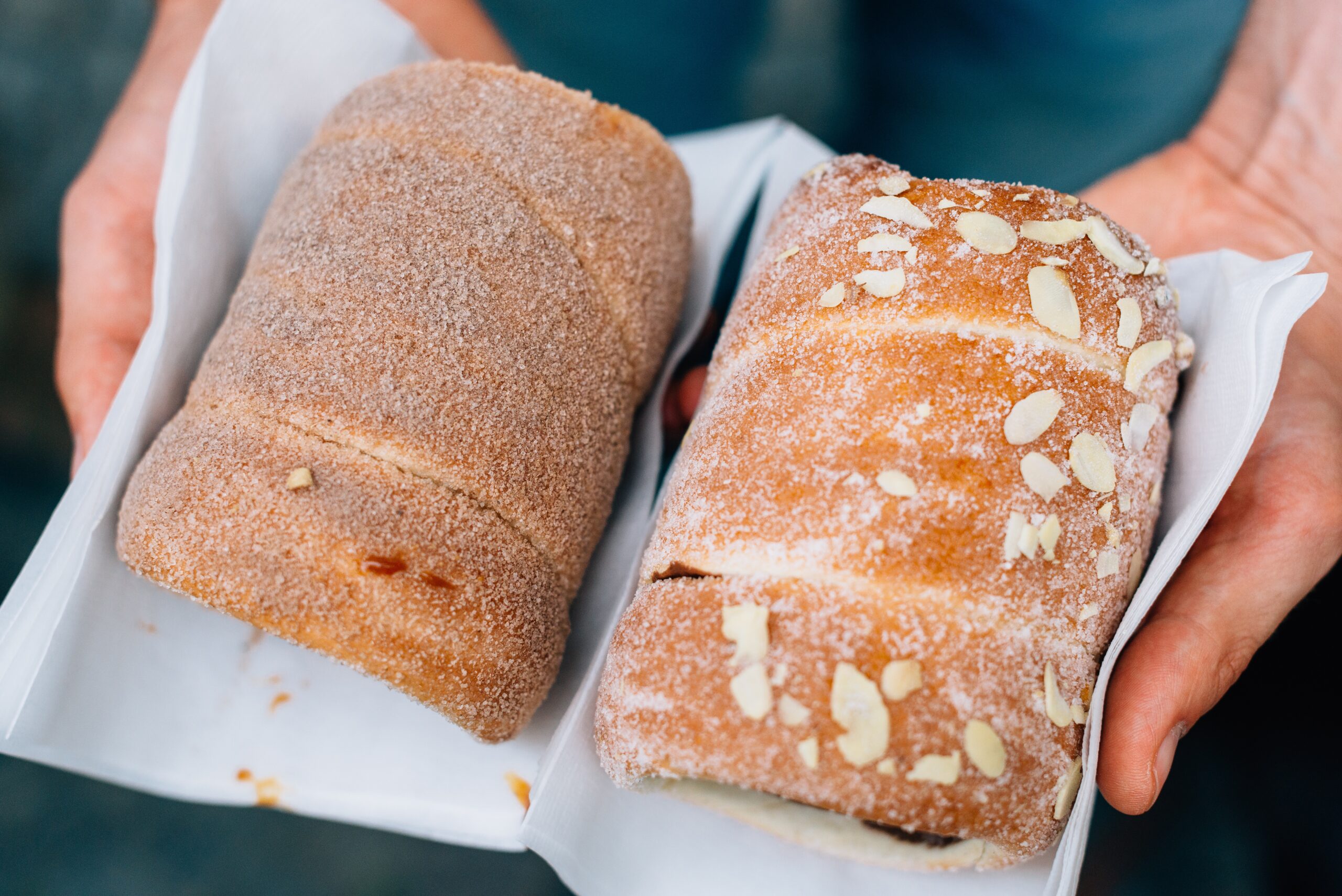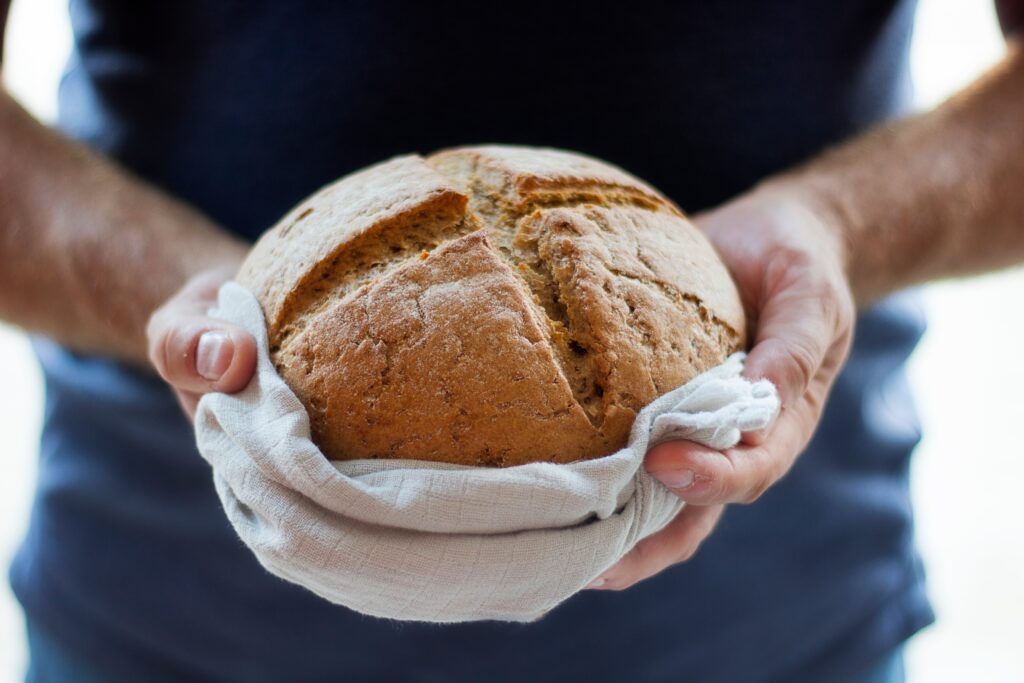
Spring has sprung, but how much grass seed do you need to plant your lawn?
Spring is finally here, and it’s time to revamp your

Baking can be a complicated and precise process, requiring an understanding of math and calculation to create delicious treats successfully. Whether baking from scratch or following a recipe, using math can help ensure that your baking is successful every time. It will be simple to tweak recipes to save money once you understand the foundation concepts of ingredient measurement. After all, we all want to be known for our quality meals and treats!

To get started with baking and math, it is important to first learn the basic baking terms and measurements. This can include learning about baking ingredients, weights, and volumes, as well as understanding the difference between mass and volume.
Once you have a basic understanding of baking terminology, you can begin using math to determine baking times and temperatures, measure ingredients correctly and make adjustments for temperature changes or other baking challenges.
To successfully bake delicious treats, and save money at the same time, it is important to have a solid understanding of baking terminology and measurements. This can include learning about baking ingredients, including their weights and volumes, as well as the difference between mass and volume.
Some key baking terms to be familiar with include mass, which refers to the weight of an object or substance, and volume, which measures the amount of space that an object takes up. This is especially important when it comes to understanding how much the ingredients cost to use versus what they cost to purchase, as items are typically purchased in weights (900grams) and recipes typically call for volume (1 cup). Knowledge of how to complete unit conversions can be very helpful here!
For example, 907 grams of flour were purchased on Amazon for CAD$6.97. This is measured in weight! Now your recipe calls for 1 cup of flour… but how do you convert this? You must find the density of your flour to make this conversion.
Density, in technical talk, is the mass of a unit volume of a material substance and can be calculated by dividing the mass by the volume (d=M/V). In a much more simplistic and useful description, though, density refers to how close together the material pieces are packed.
Picture this: you scoop a cup of loose brown sugar out of a bag. Now you can physically squish that sugar into the cup, and there’s more room available, and you can put more brown sugar in there, and still call it one cup! All you did was change the density of the sugar in the cup.
Why does the proper measurement of your ingredients matter in baking? If you have ever made bread before, you will know that adding even a slightly higher amount of flour into your recipe can drastically change the end product. The best recipes call for ingredients to be measured in weight, which typically involves using a kitchen scale to find the right amount to match the called weight from the recipe! This is because you will get much more accurate, repeatable, results when measuring this way.
Going back to the example above – to make the conversion and understand how much the flour cost that is being used in your recipe, there are two ways:
Once you know the weight of the ingredient, in this case flour, that you will be using to make this delicious food, you can make a simple calculation, or use your ‘baking math’, to figure out how much money it set you back to use it in your dish!
Unit cost of the flour that was purchased = Cost of the entire bag of flour / total weight of flour in the entire bag
= $6.97/907grams = $0.00768/gram
This is your unit cost! Write this down, you can use it every time you use flour from this bag. I recommend taking a permanent marker and writing it on the side of the bag!
Now you can multiply this unit cost by the weight that you are using in your recipe:
Ingredient cost = Unit Cost * Weight of Ingredient to be used
= $0.00768/gram * 136 grams = $1.05
And this is how much your flour cost for that recipe (or any recipe that calls for one cup of flour from the same bag!). Remember though, if you buy a new bag of flour at a different price, you will have to recalculate the unit cost for that specific bag.
You did it! You used math in the kitchen!
This similar process can be repeated for each ingredient in the recipe (and trust me, it is waaaaay easier if you use an excel spreadsheet, especially after you’ve done it once!). Then add up all the individual ingredient costs, and you know exactly what the supplies cost for that loaf of bread you just made. How useful, especially when you are trying to save money! Not sure how to make that spreadsheet happen? Stay tuned – mathlifer is going to cover this topic VERY soon.
The most useful thing about understanding the cost of the ingredients for your recipe is the ability to tweak the recipe to lower the cost but still taste as delicious. For example, peanut butter can be very expensive to bake or cook with, because it has a high unit cost. Sugar, flour, and salt are typically lower, and can greatly impact the taste of your dish if you wanted to substitute them for other ingredients in your recipe. Purchasing a bulk item will have a higher upfront cost, but will likely have a much lower per-unit price, and this might help save money in the long run if you have the pantry room to store these bulk ingredients! If you find that your ingredient prices are increasing, it might be useful to wait until there is a sale on those costly ingredients, so you aren’t paying full price.
We all know the cost of eating is rapidly increasing these days, and it is incredibly important to understand the total cost of our meals. Are you in search of an affordable way to feed your kids and your family? Do you need to start saving money on your grocery bill? Do you have favorite recipes that you cook or bake regularly that are adding to your pricey weekly grocery spend? Understanding unit conversions, and the math to calculate a recipe cost will help you lower your household costs, and help you save money!
One thing we all care about is not sacrificing flavor while preparing a meal. Fortunately, baking is an art form that requires precision but has a lot of room for creativity. By using math skills in kitchen baking you can achieve the best possible outcome for your baking budget and dish, and make sure your nutrient count is up! If one recipe ingredient is expensive, perhaps you can substitute it for another, lower cost, ingredient, that still has all the flavor punch! This will help you save money while keeping your taste buds happy.
Many math skills are required when baking, from converting ingredients to calculating unit costs. Whether you are using a kitchen scale or pre-listed conversion factors, understanding how to properly measure and convert ingredients is essential for creating delicious baked goods. Additionally, being able to accurately calculate the cost of individual ingredients can help you save money when baking at home. With a little practice, anyone can master the math skills needed for baking!
Have you ever used math while baking? What tips do you have for others? Share your thoughts in the comments below!

Spring is finally here, and it’s time to revamp your

As a parent, you want to ensure that your child

Tutoring services can be an invaluable tool for helping your